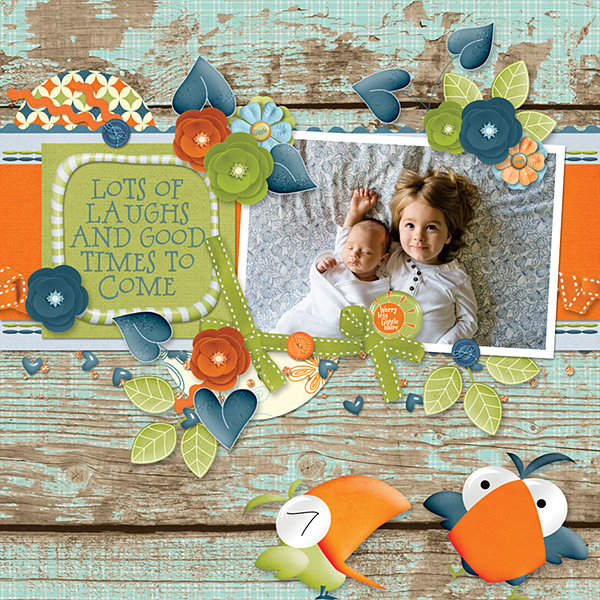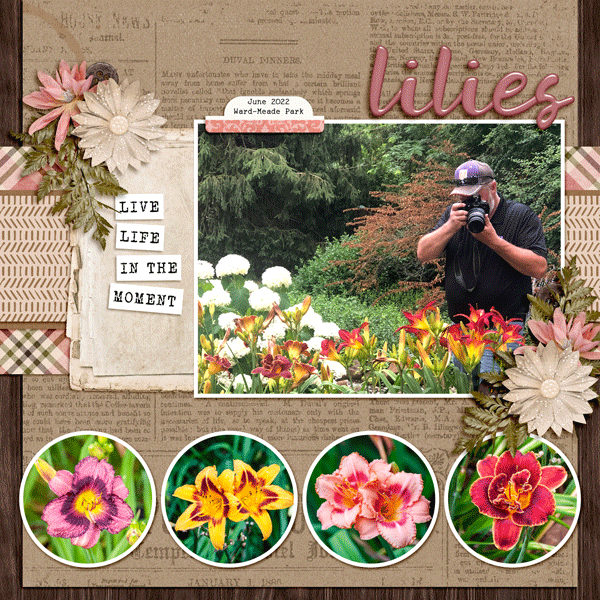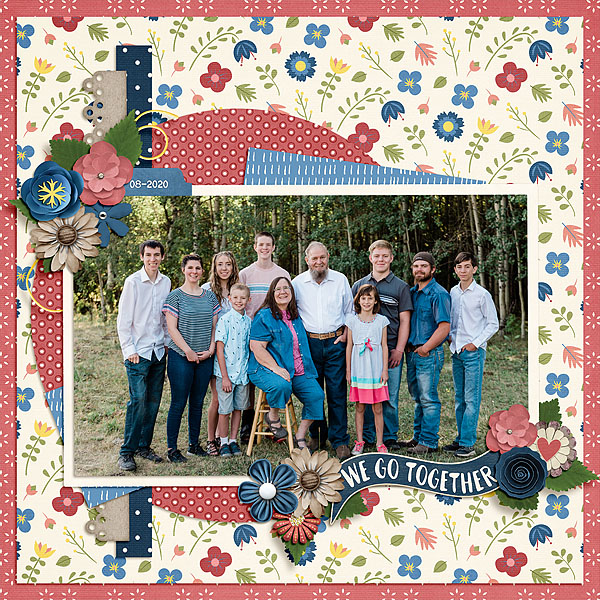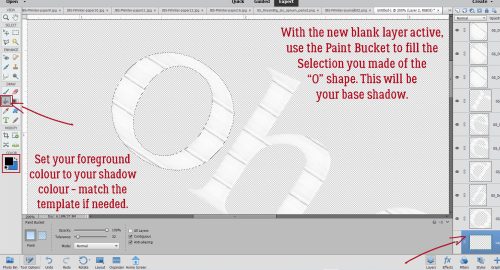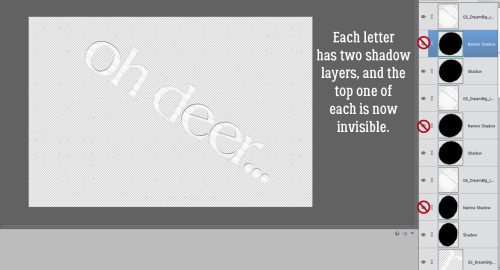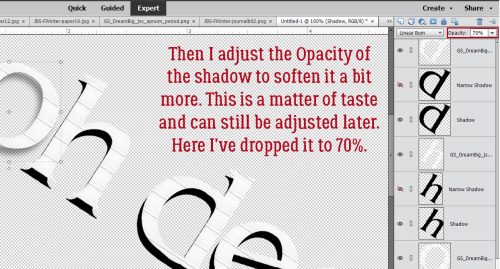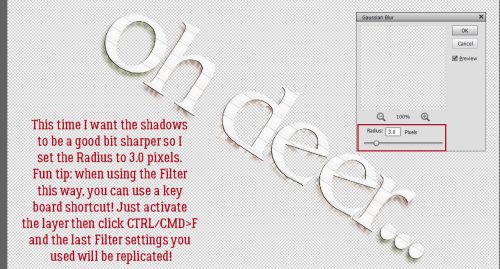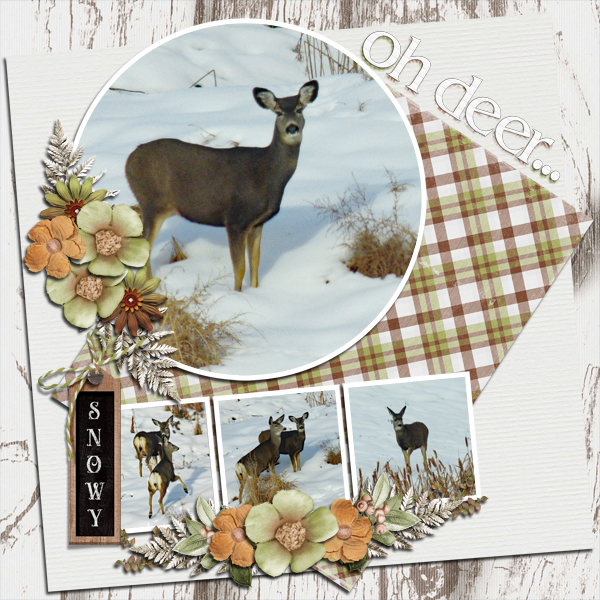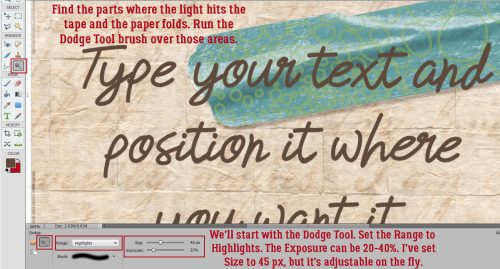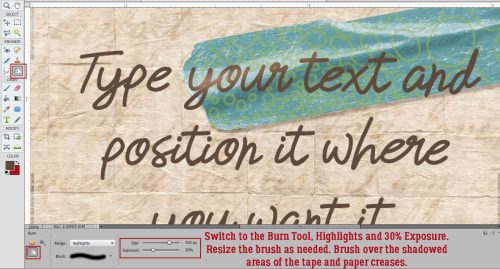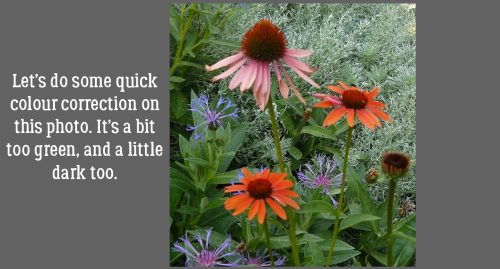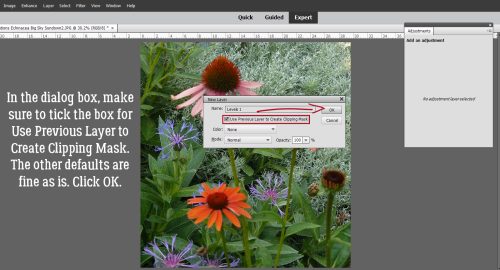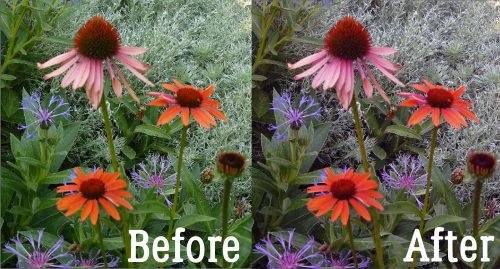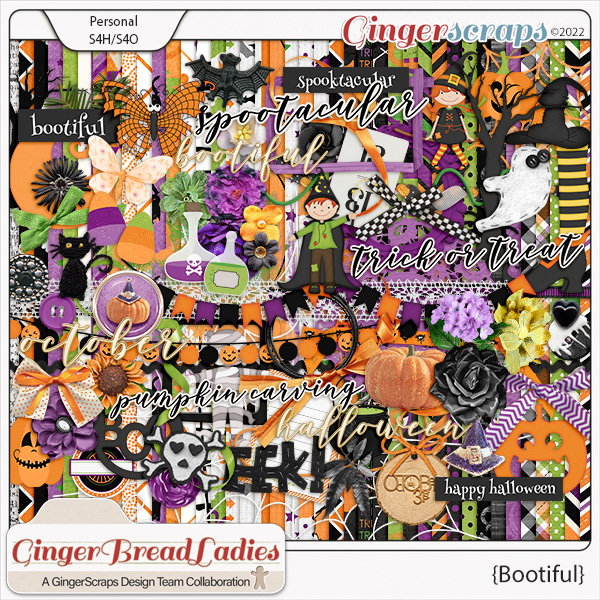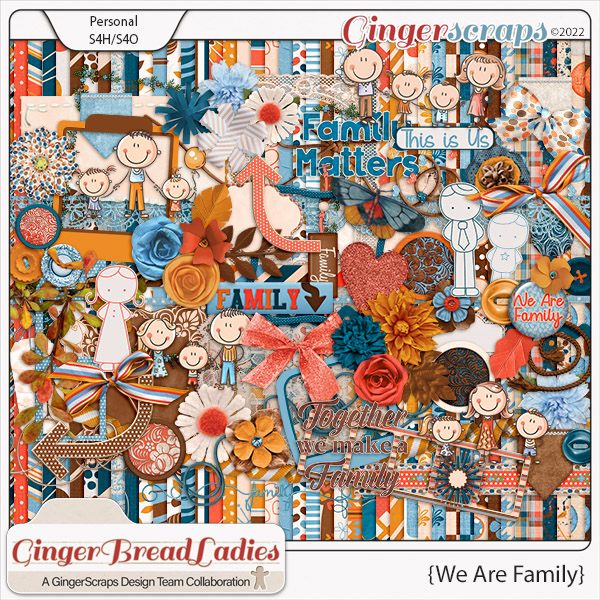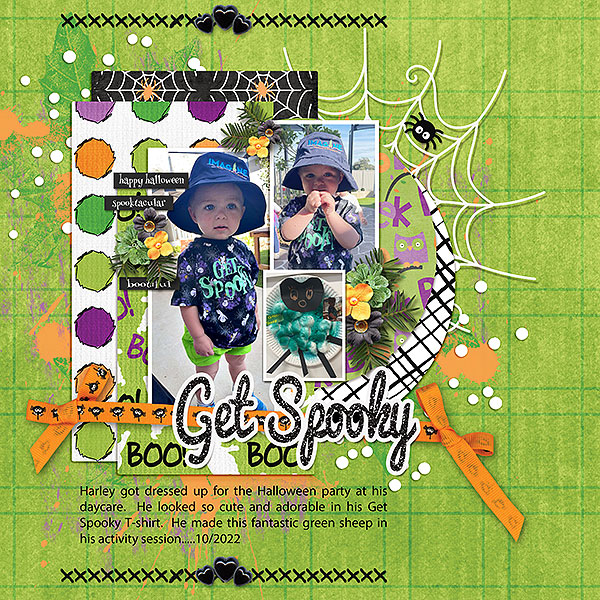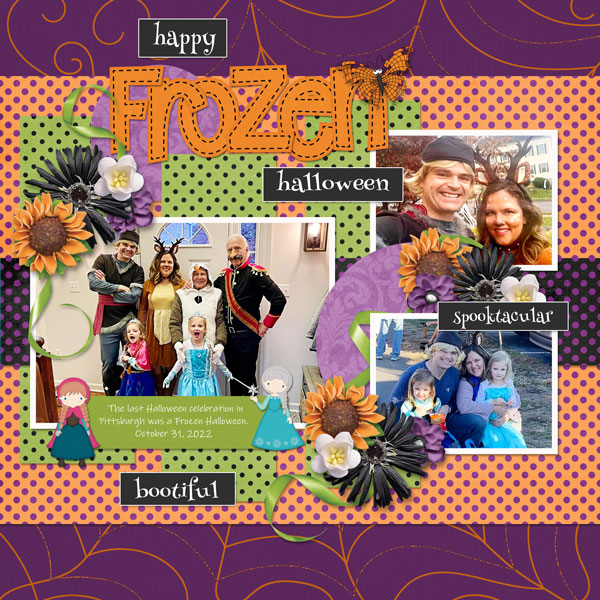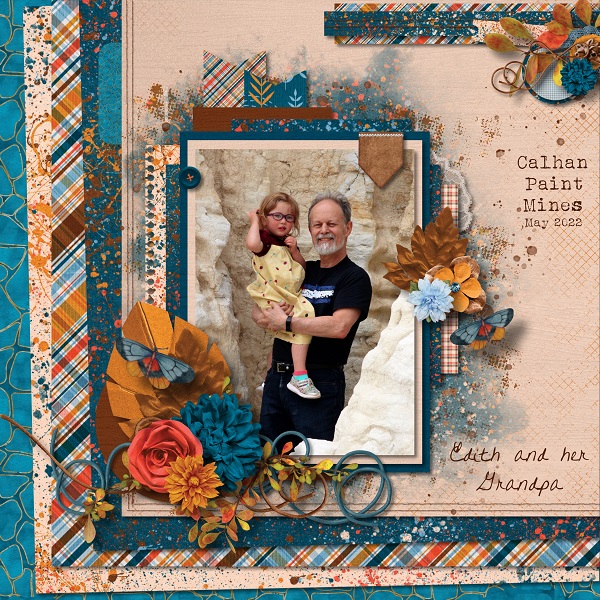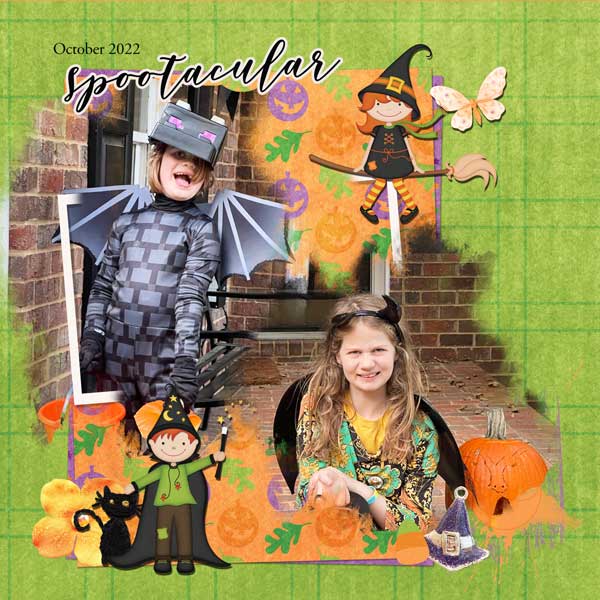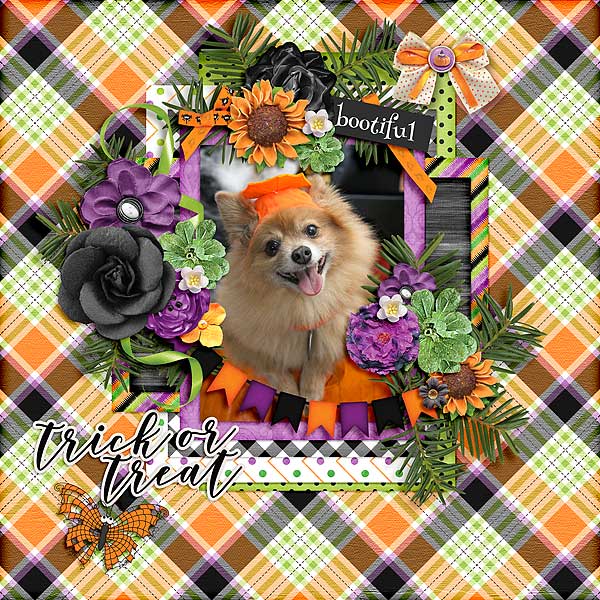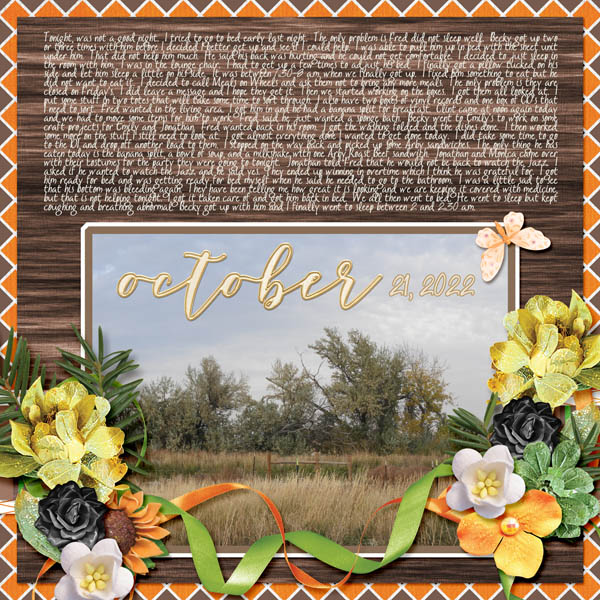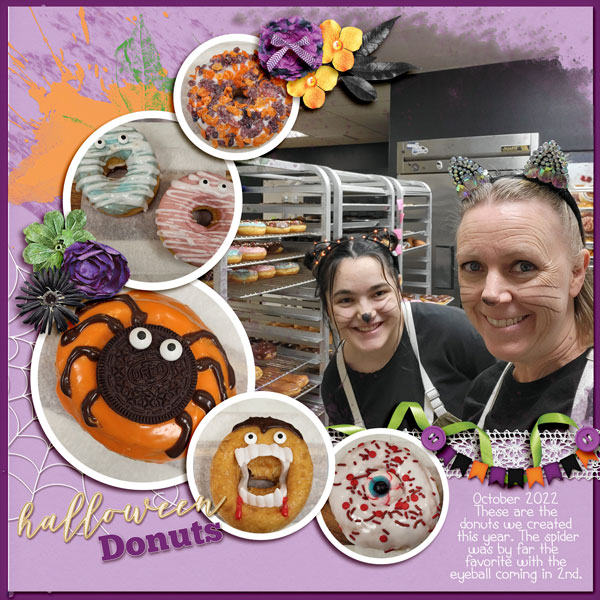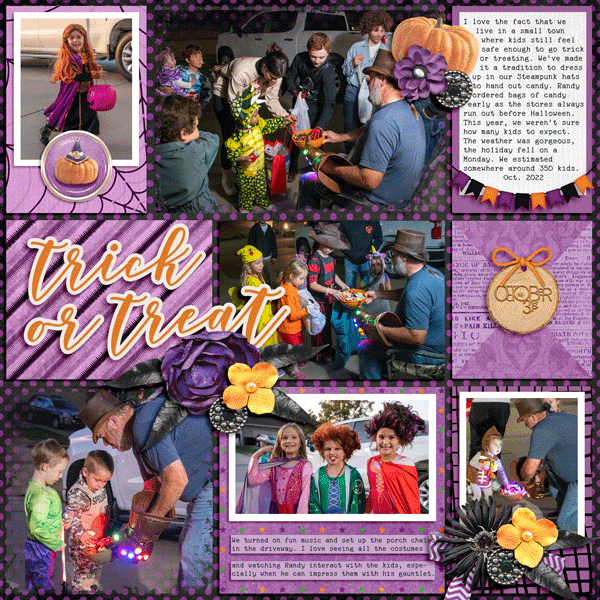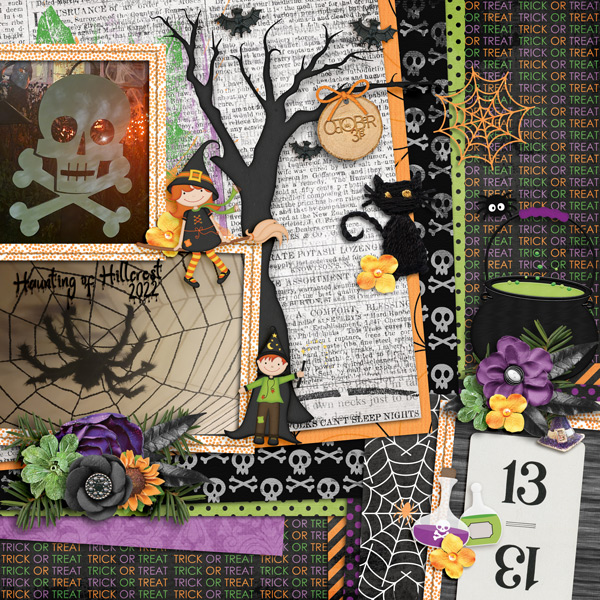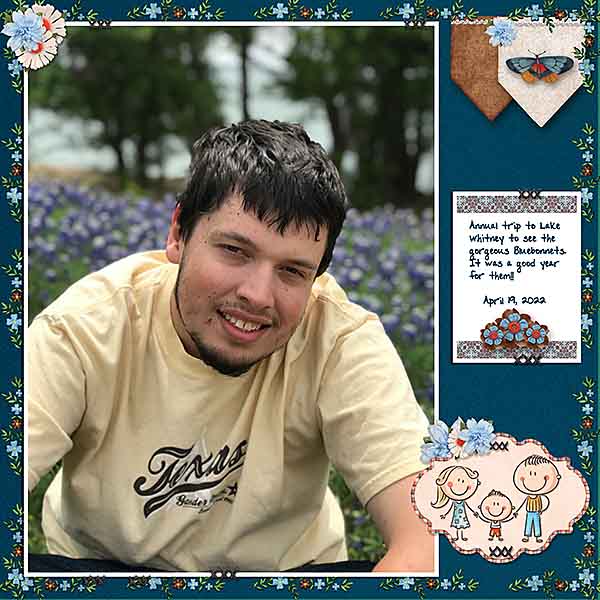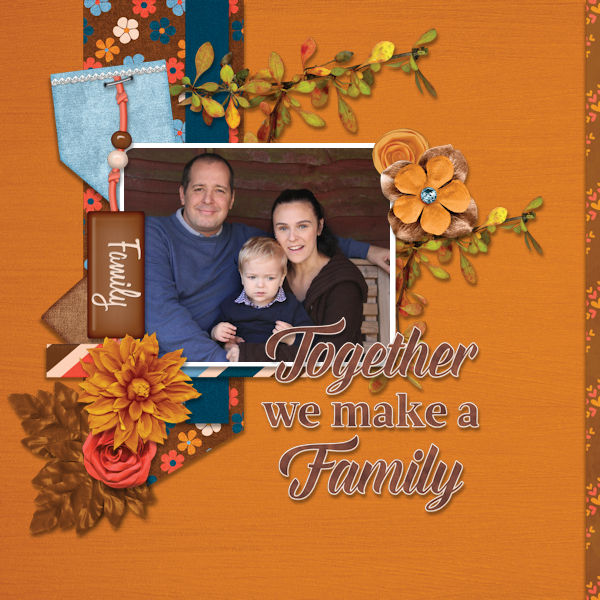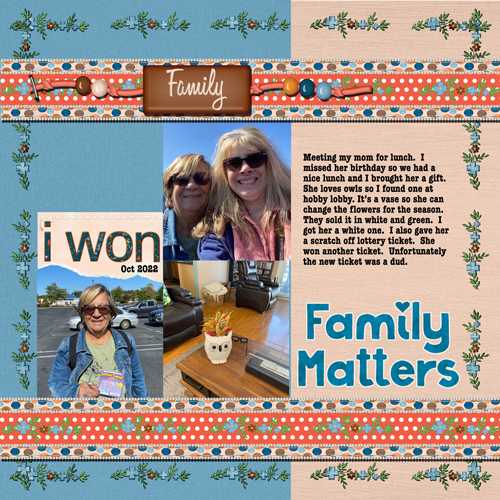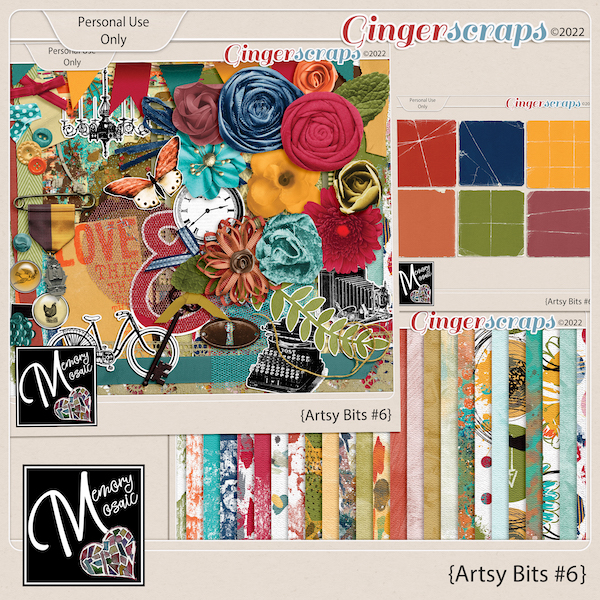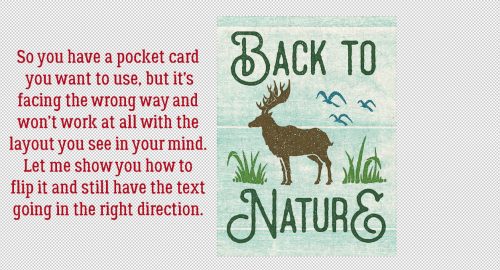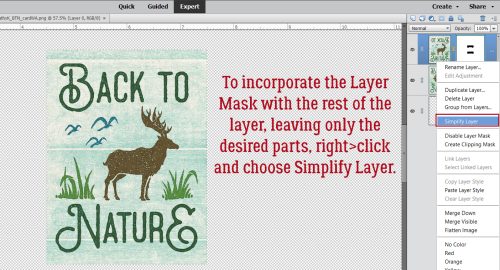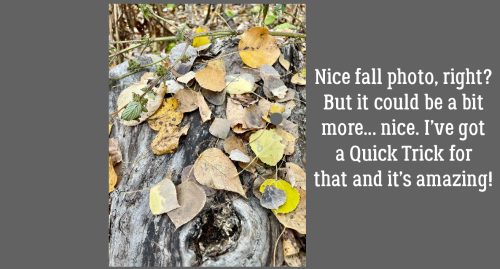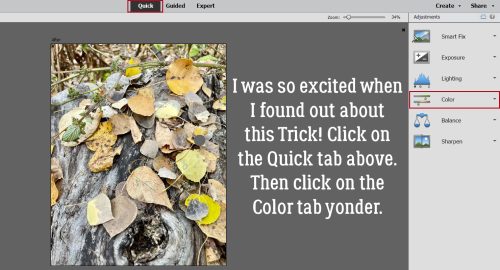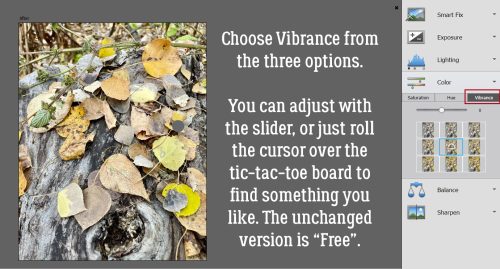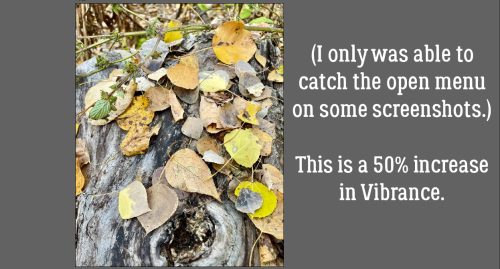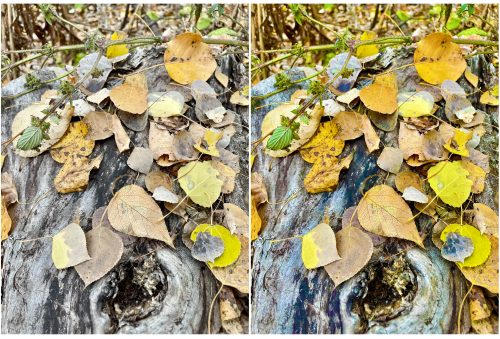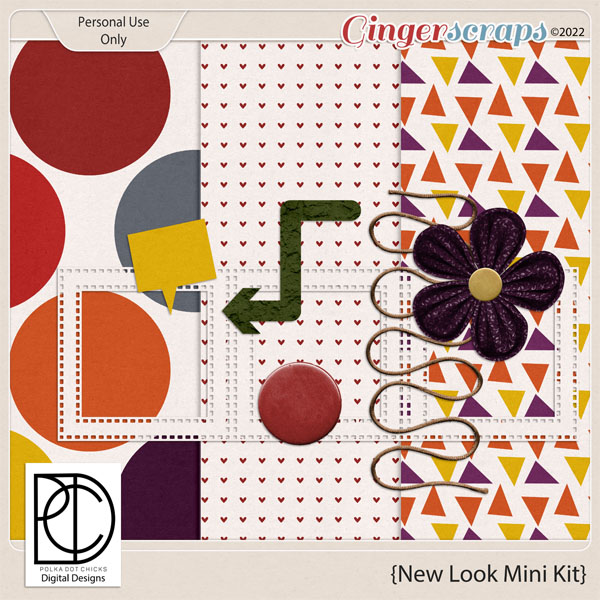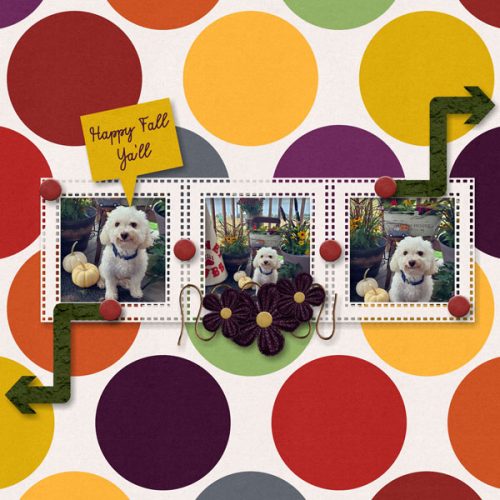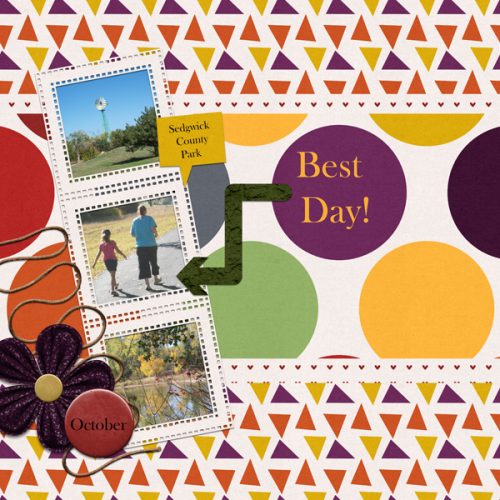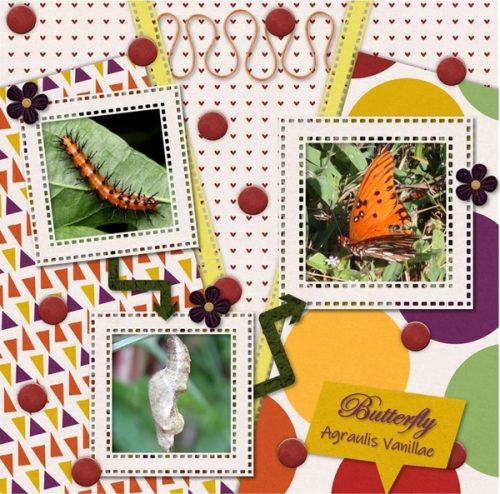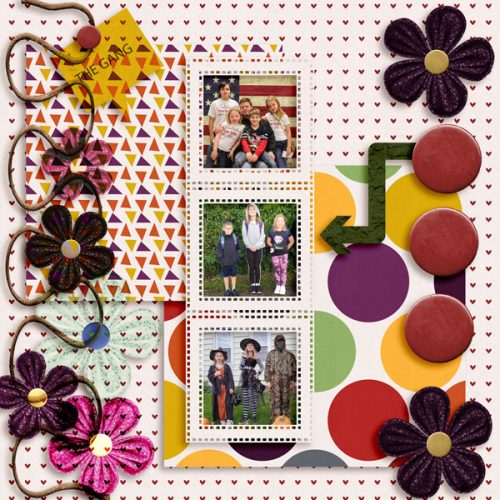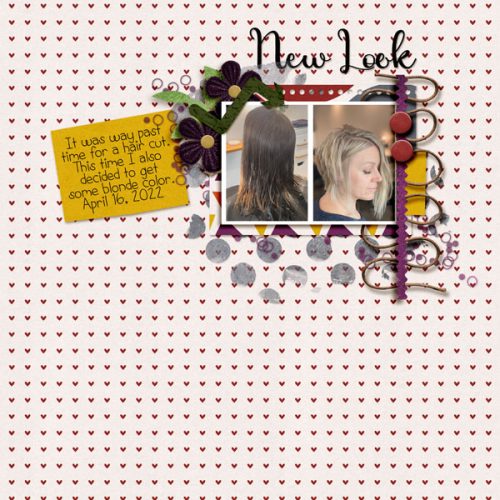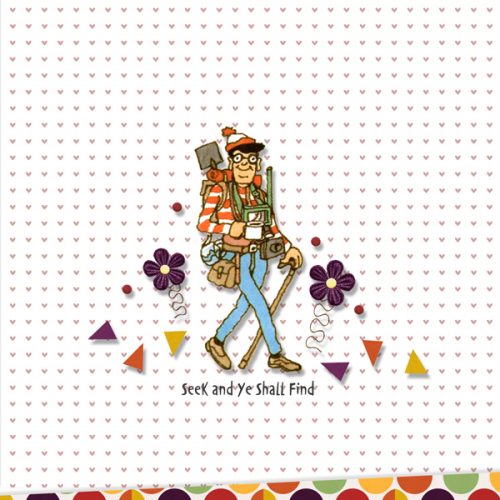I Do Hereby Firmly Resolve…
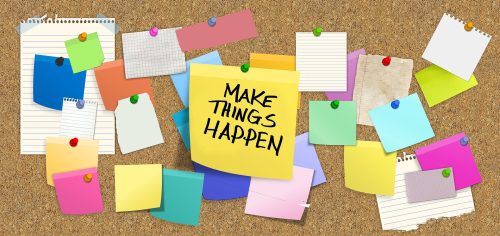
Are you a New Year’s resolution-making person? Do you choose “One Little Word” to set the tone for the coming year? Do you set intentions as part of your New Year’s Eve routine? Are you someone who begins the year with a ton of resolve to make your life perfect… only to quickly forget all about those dreams because they’re too much work before February arrives? And then you feel crushing guilt? This post is for you. And me.
“New year—a new chapter, new verse, or just the same old story? Ultimately we write it. The choice is ours.” Alex Morritt
Why do we put ourselves through this torture year after year? What makes us feel like we need to make huge changes in the way we live our lives? Especially when we know in our hearts of hearts that we’re not going to get there; lather, rinse, repeat. How many of us has resolved to lose 10 pounds by Easter… every year since we were 12? Part of the problem is that we internalize what OTHER PEOPLE think we should be or do.
“We spend January 1st walking through our lives, room by room, drawing up a list of work to be done, cracks to be patched. Maybe this year, to balance the list, we ought to walk through the rooms of our lives, not looking for flaws, but for potential.” Ellen Goodman
The thing about goals is that there are specific imperatives when setting them. They must be specific. They must be achievable. They must be measurable. And they must include a plan for getting there. If any of those imperatives isn’t there, it’s not a goal, it’s a wish. Let’s look at these in a bit more detail, using the 10 pounds as our goal. That’s specific. Is it achievable? It might be. It’s definitely measurable! So the plan… how will we get there? Will we cut out all the foods that bring us pleasure? Or will we work out for an hour 4 times a week but continue to eat what we like? It won’t be long before the first slip happens. The apple pie your mom made for Sunday dinner. The pizza that appears in the staff room. The day you have a long list of errands and are too tired to work out when you’re done. One slip leads to another and soon, the goal is no longer a goal. For change to become enduring, it needs to become habit. So maybe instead of setting a goal to lose 10 pounds, it might be more achievable to decide to take the stairs instead of the elevator if going up one or down two floors. That goal has all of the imperatives covered, and a side effect may be that you lose 10 pounds!
“Plant seeds every single day that you know who you are, you know what you’re about and you know what goals you’ve set for yourself.” Stephen Curry
When we don’t keep our resolutions, immediately the negative self-talk starts. “See, you never follow through. You’re doomed to fail! It might be better if you just didn’t even try.” Sound familiar? So the resolution goes in the waste basket and we’ve once again proven we’re not good enough. But is that true? Maybe a little. But at the heart of it, it isn’t. We can’t possibly be perfect, and striving for that is a huge waste of time and emotion. Look at the people you admire. Are they perfect? Nope. Do they have traits you’re not really a fan of? Probably. But there’s still much to admire, right? If we choose one small thing we’d like to change about ourselves and create a plan for that, we’re halfway to success! It’s when we stop trying that we fail; so today I ate the pie. Tomorrow I’ll try to do better.
“It is your right to choose what you do and don’t do, to choose what you believe in and don’t believe in. It is your right to curate your life and your own perspective.” Lady Gaga
I think we all spend too much time comparing our lives to those of others, while there really isn’t a level playing field for life. Most of us are just doing the best we can with what we have, and we’re often blind to the successes we’ve experienced. We let the great be the destroyer of the good. It’s human nature to look over the fence and wonder what life would be like if we were over there. Erma Bombeck wrote a book she called The Grass is Always Greener over the Septic Tank. She was right. It’s all an illusion.
“I’m deciding to be my own individual self, and it looks nothing like what anyone else is doing. There’s something so powerful about being unique.” Alicia Keys
Yes, we’re all unique individuals. But the human species is interconnected; we’re social animals but with intellect. Each of us has something to contribute, even when we don’t think we can. Even when we think we have nothing, we have ourselves! What they say about random acts of kindness is 100% true. Little gestures mean a lot. A friend of mine clears the snow off the sidewalk of his entire block every time it snows. His neighbours don’t know it’s him; he doesn’t do it for the recognition, he does it because he’s a nice person who has the time and the inclination. I started buying an extra bottle of dishwashing liquid when I’m getting groceries and putting it in the bin for the food bank – that’s one of the things not many people donate so I chose it as my contribution. Little things add up.
“We’re at our best when we support each other. Not when we cancel each other out for our past mistakes but when we help each other to grow.” Joaquin Phoenix
I guess what I’m trying to say is that you deserve to be happy, exactly as you are. If making resolutions makes you feel guilty or like a failure, don’t make resolutions! Pick one little thing you can work on. Work on it. Don’t expect it to be magic, because it won’t be. It’ll be work. When that thing is habit, pick another. The date on the calendar isn’t magic either. Don’t be buttonholed by the expectations of other people. You do you! Period.
“Happiness was always important to me, even at a young age. People would ask, ‘What do you want to be when you grow up?’ I’d tell them, ‘I just want to be happy.’” Goldie Hawn
![]()



